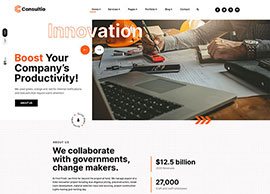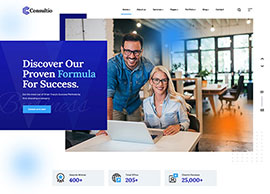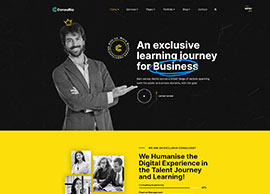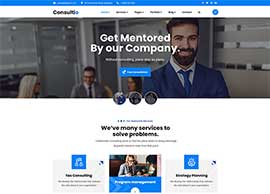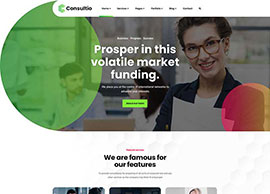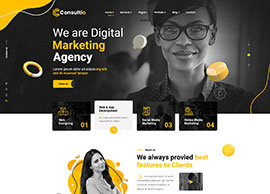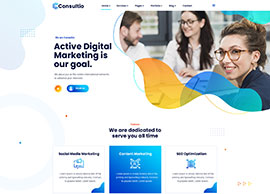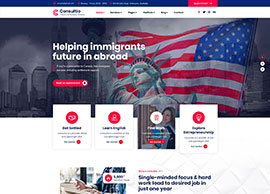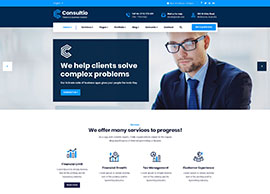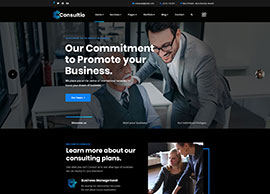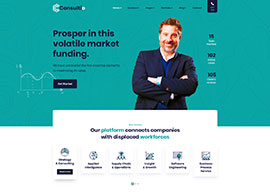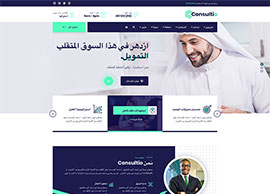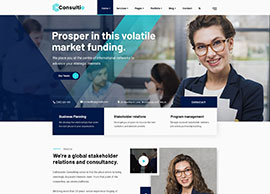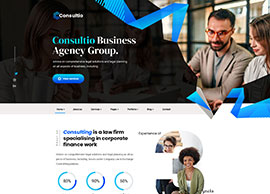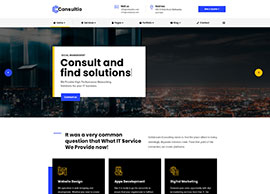What Is Application Development?
Application development is the process of creating software that supports a business function. It consists of tasks relating to each of the seven stages of the application lifecycle. This starts with planning and gathering business requirements; continues with designing, development, testing, and deployment; and ends with the maintenance of your finished software application.
Traditional software was hosted on hardware devices owned and managed by the enterprise using the application. Today, firms are increasingly turning to the Software-as-a-Service delivery model in which the application is hosted on the cloud and accessed via a browser: with SaaS, the enterprise typically pays a per-person, per-month fee, and all ownership and maintenance costs are eliminated.
Application Development: Build or Buy
Build or buy software? This is the first decision faced by all development projects. Many off-the-shelf applications provide all (or, at least most) of the functionality needed to implement all the business processes you might wish to support. On the other hand, if an organization has unique requirements (or uses digital technology to generate business advantage), creating in-house software is a better bet.
However, US Labor statistics suggest a talent shortage amounts to 40 million skilled workers globally, so software engineers are a scarce and expensive resource.
To learn more about when you should build versus when you should buy software, take a look at the blog post Build vs. Buy in a Fast-Changing World.
Application Development Approaches
The next challenge is to decide how you want to develop your application.
Waterfall Development
Traditionally, all organizations deployed the ‘waterfall’ approach where teams would define everything at the start of a project, then build it, then give it to customers.
The waterfall approach has pros and cons. It is meticulous: a lot of work goes into defining and scoping projects requirements, and a project manager oversees the entire process. But it also requires large teams and is slow: long lead times mean that business requirements or the competitive environment might have completely changed by the time the application is launched.
Rapid Application Development (RAD)
Rapid Application Development was created to address some of the problems of waterfall development. It emphasizes rapid prototyping and the creation of a minimum viable product: this is then rapidly iterated to add features and functionality and address any issues. This approach gets software to market quickly, requires only small teams, and enables those using it to pivot quickly to respond to changing requirements.
On the downside, RAD relies upon highly skilled and adaptable software developers who, as we’ve seen, are in short supply. Additionally, the small team size means it’s difficult to apply RAD to large projects. It also requires a lot of input from end-users. While this makes it ideal for software that is driven by the desire to create a great user interface, these customers may be hard to find or may not have the expertise to provide the necessary information.
Agile Development
In many ways, RAD is the forerunner of the Agile development methodologies now used by more than 70% of companies. Like RAD, Agile is highly iterative, but rather than focus on complete applications, it concentrates on creating functional capabilities that can be aggregated together to fulfill business requirements. Agile is based on 12 principles, including simplicity, customer focus, and embracing changing circumstances.
Agile uses the scrum framework to guide application development and utilizes ‘sprints’ in which a diverse team focuses on delivering a particular function within a finite time. Agile is closely associated with DevOps: more than a methodology, DevOps is a mindset that seeks to accelerate application delivery by breaking down the barriers between the development function and the users it serves.
Low-Code/No-Code Development
Low-code and no-code are software development approaches that enable the delivery of applications faster and with minimal hand-coding by providing a visual development environment.
Although similar approaches, low-code and no-code are slightly different.
Low-code is good for developing standalone mobile and web apps and portals that require integration with other systems and several data sources. It can be used for just about anything. The most advanced low-code platforms are catered to pro-developers while promoting collaboration with business users.
No-code tools, by contrast, should only be used for front-end use-cases and are usually associated with citizen developers. So, unless you’re developing only the simplest applications and require little in the way of customization, low-code is likely the better option.
Mobile Application Development
This focuses specifically on creating software that can run on the most popular mobile operating systems, such as Android and iOS. Today, there are over 7 billion mobile users worldwide and, according to the Mobile App Trends 2021 report, mobile app installs increased by 31% over the last year. Many mobile apps are delivered as Progressive Web Applications (PWAs), which combine the seamless user experience of a native app but with no requirement to download any software.
Mobile operators’ ongoing investment in network infrastructure will ensure that, increasingly, their users will be able to enjoy the lower latency and higher speeds offered by 5G. This will open up possibilities for mobile apps that enable everything from smarter cities to autonomous vehicles.
How Can Forar Tech llc Help You?
Forar Tech llc is a modern, low-code application development platform that combines visual, model-driven development with AI, DevOps, and cloud to address your needs for enterprise applications and software that makes the difference in your business.
If you’re looking for a platform to deliver your application development needs, why not take Forar Tech llc for a test drive? Check out our free edition to learn more.









